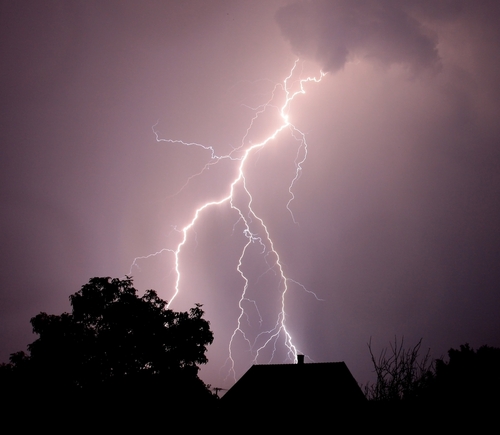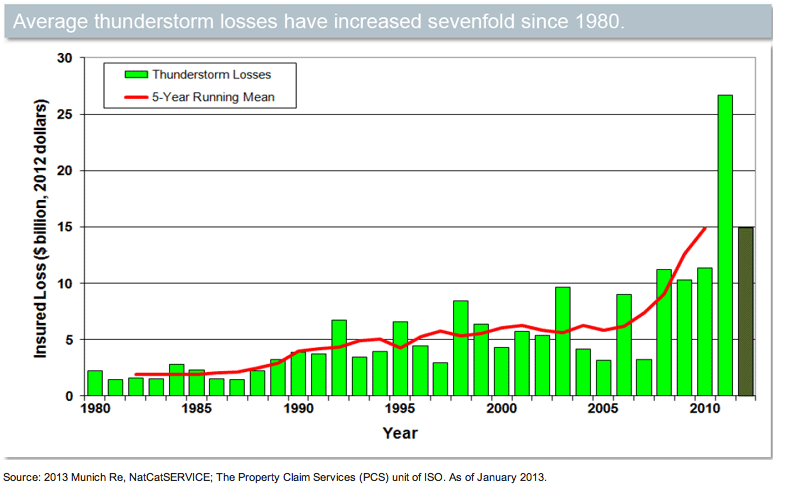In just two days, the RIMS 2013 Annual Conference & Exhibition will kick off in Los Angeles. Each year this event plays host to inspiring keynote speeches, educational sessions and countless opportunities for networking. And this year is no different — just better.
Some of the highlights of RIMS ’13 include:
- Keynote speaker Simon Sinek, the author of Start with Why: How Great Leaders Inspire Everyone to Take Action and Ted Talk alumni.
- Howie Mandel, who will give the crowd a few laughs during the conference finale Wednesday, April 24th at 2:15pm
- The RIMS Thought Leader Theater, which will deliver more than 20 fast-paced, 25-minute topical presentations not offered at any other time during the conference
- The RIMS Smart Bar, which will provide a place for attendees to learn about the latest hints and tips for engaging with the global risk community through social media
- A series of 60-minute “power hours” offering educational sessions designed specifically for the adult learner





